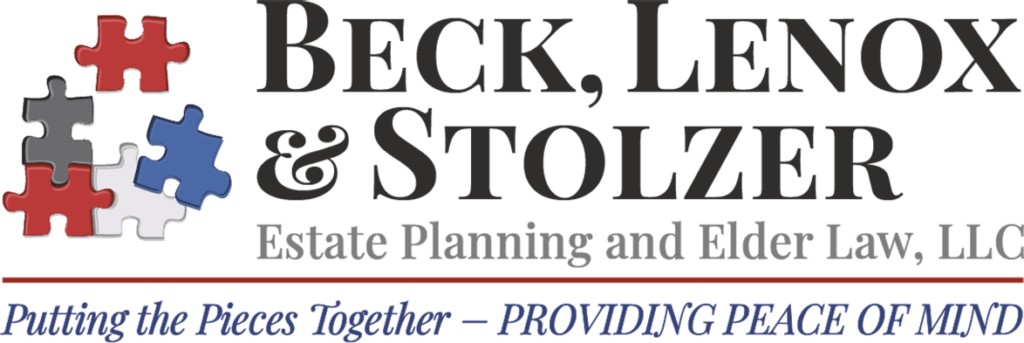IRA mistakes are made frequently, and opportunities are lost. To help you sidestep some of the most common errors and get the most out of your IRA investments, Kiplinger’s recent article, “Don’t Make These Common IRA Mistakes,” discusses the most common blunders and how to avoid them. So what are biggest ROTH IRA mistakes?
Failing to Plan for the “Second Half.” Retirement planning can be thought of as a game with two halves. You accumulate wealth in the first half and withdraw it in the second. Some people only play the first half of the game and concentrate just on stashing away as much money as possible in their IRA. However, with retirement saving, it’s not how much you have; it’s how much you can keep after taxes. To prepare for the second half of retirement, it’s important to have a plan to get that money out at the lowest possible tax costs. You should start the plan as soon as you put money in an IRA or other retirement account.
Converting to a Roth All at Once. If you think your tax rate will be higher when you retire than it is currently, converting a traditional IRA to a Roth IRA may be wise. In the end, the total tax you owe on those funds may be lower by taking that step (e.g., future growth will be tax-free). However, a Roth conversion will result in a tax bill on your next return. The mistake people make is believing they must convert the entire account at once.
Exceeding Roth IRA Income Limits. There are annual contributions limits for both traditional IRAs and Roth IRAs, but for Roth IRAs only, there are also income limits. If you’re single, the amount you can contribute to a Roth IRA is gradually reduced to zero if your modified adjusted gross income is between $129,000 and $144,000 ($204,000 to $214,000 for joint filers). It’s up to you to keep track of the Roth income limits, and if you’re over the limit and still put money in a Roth IRA, you could be hit with a 6% penalty on any excess contributions. However, if you make that mistake, you may be able to avoid the penalty either by timely withdrawing the excess funds or recharacterizing your payment as a traditional IRA contribution.
Doing Indirect Rollovers. Some people get in trouble when they try to transfer funds from one retirement account to another. If you take money out of an IRA, and the check is in your name, you have 60 days to roll that money over into another retirement account before the withdrawn funds are deemed taxable income. That’s known as an indirect rollover. You can only do one indirect rollover per year for IRA-to-IRA transfers. Only do direct rollovers, where the money moves from one retirement account to another directly, without anyone touching the money in between.
Forgetting about RMDs. You must begin taking required minimum distributions (RMDs) when you reach age 72 (73 if you reach age 72 after Dec. 31, 2022). People will miss an RMD or only take it for some accounts subject to the RMD rules. Other people miscalculate and need to withdraw more money. This mistake means you could be hit with a 25% penalty (down from the previous 50% penalty) for violating the RMD rules. However, the penalty can be reduced to 10% if you make a timely correction.
Just like with your estate planning, Beck, Lenox & Stolzer always advises regular “check-ups” with your financial advisor in order to keep you on track with your retirement funds. This should keep you from the biggest ROTH IRA mistakes and from having to pay unnecessary taxes and/or penalties.
Reference: Kiplinger (July 25, 2022) “Don’t Make These Common IRA Mistakes”










